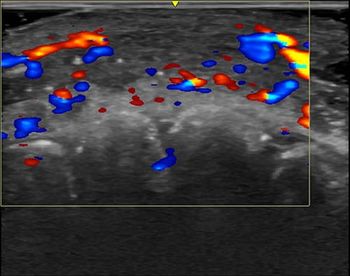
What’s Out There for Radiology Residents
Deciding on next steps in radiology training can be difficult and confusing. To help students, residents, and fellows in the decision-making process, here are a few resources.
According to the National Resident Match Program, as of April 2011, there were 144 first-year resident positions nationwide, and 136 were filled. There were also 980 second-year residency positions, of which 947 were filled.
The American College of Radiology currently has 193 open jobs listed in their career center, the Radiological Society of North America has 62 jobs posted, and the Radiology Business Management Association has 12.
Deciding on next steps in radiology training can be difficult and confusing. To help students, residents, and fellows in the decision-making process, here are a few resources:
1.
2.
3.
4.
5.
Whitney L.J. Howell
Newsletter
Stay at the forefront of radiology with the Diagnostic Imaging newsletter, delivering the latest news, clinical insights, and imaging advancements for today’s radiologists.




























